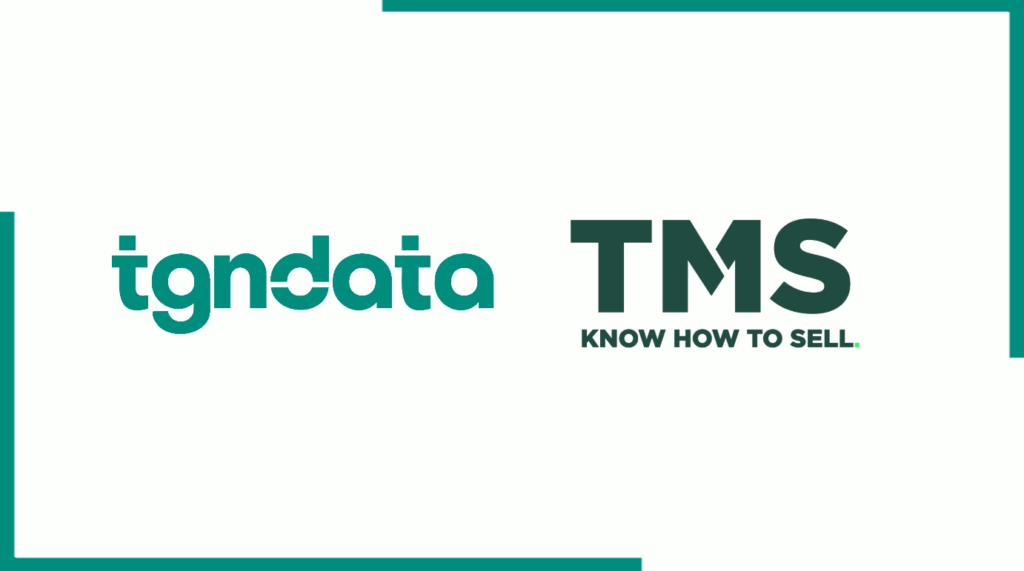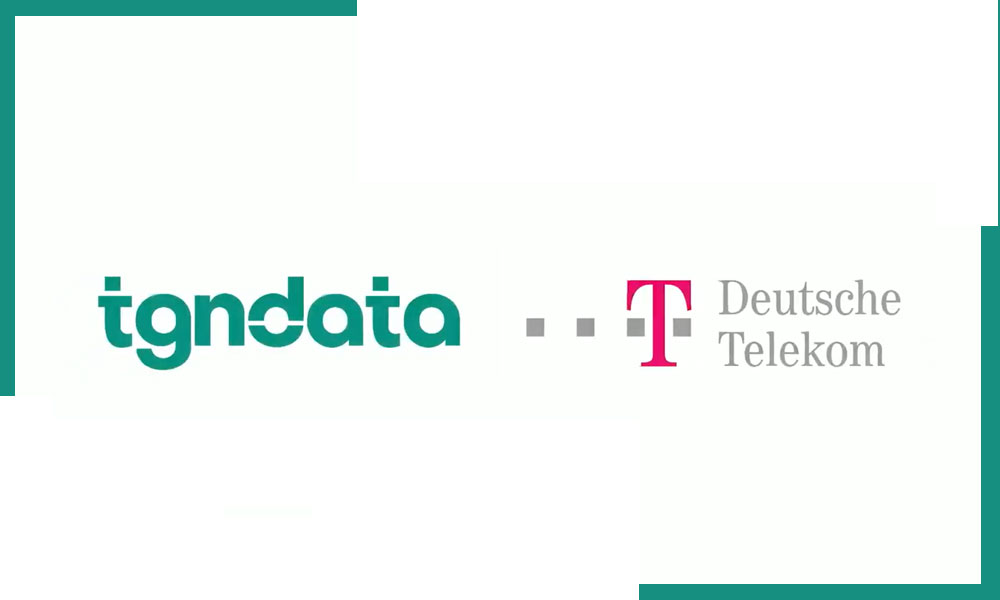Edit Content
In the competitive business world, pricing can make or break a company. Whether you are a startup, a growing business, or an established enterprise looking to boost profitability, having a solid pricing strategy is crucial. Your pricing affects everything, from the volume of sales and customer acquisition to profit margins and brand perception. To achieve long-term success, your prices must not only cover your costs but also align with customer expectations, deliver value, and respond to market dynamics. This article will take you through the intricacies of pricing for profit and help you develop a pricing strategy that enhances your competitive edge and maximizes your profits.

At its core, pricing for profit means setting a price for your products or services that not only covers the costs of production and overheads but also maximizes your profit margins while remaining competitive. Profit-oriented pricing requires careful analysis and a deep understanding of your customers, competitors, and market conditions.
Pricing is a multi-faceted process that involves collaboration across several business departments:
To achieve profitable pricing, a business needs to balance these elements, ensuring that the price reflects value and meets business goals.
Price is the monetary value a customer is willing to pay for a product or service, while value represents the perceived benefit that a customer derives from that purchase. To attract customers and maintain a competitive edge, businesses need to strike a harmonious balance between price and value. In other words, customers must feel that what they are getting is worth the amount they are paying.
For instance, luxury brands often command higher prices because they deliver additional value—whether through superior quality, prestige, or innovation. Conversely, a price that is too low may convey inferior quality, damaging a brand’s reputation. This interplay between price and value is crucial in developing a successful pricing strategy.
The foundation of any pricing strategy is understanding your costs. This includes fixed costs (rent, salaries, utilities) and variable costs (materials, labor, shipping). Your prices must cover these costs to avoid operating at a loss.
Many businesses use a cost-plus pricing model, where they simply add a markup to the cost to ensure profit. While this is a simple approach, it often overlooks customer willingness to pay and competitor prices. A more refined pricing strategy is required to maximize profitability in today’s competitive landscape.
The next step is to understand your target customers’ willingness to pay. Conduct surveys, analyze customer behavior, and gather feedback to understand how much they value your product. Segment your customers based on their price sensitivity. Some customers may be willing to pay a premium for high-quality or innovative products, while others may prioritize low costs.
For example, a software company may offer different pricing tiers for its products, each targeting a different segment of the market: budget-conscious customers, business clients, and premium users seeking extra features.
Your pricing does not exist in isolation. Competitor analysis is critical in ensuring that your pricing is competitive. Look at your direct and indirect competitors and analyze how their prices compare to yours. Do they offer a similar product at a lower price? Are they offering additional features or services that justify their pricing?
By staying informed about market trends and competitor actions, you can adjust your pricing to stay competitive. For example, if a competitor lowers their price, you might need to evaluate whether you should do the same or differentiate your product through additional value propositions.
External market conditions such as supply chain disruptions, inflation, and changing customer preferences can also affect pricing decisions. Businesses need to stay flexible and adjust their prices in response to these conditions. For instance, during economic downturns, customers may become more price-sensitive, prompting businesses to offer discounts or create budget-friendly product options.
Customer perception plays a huge role in pricing strategy. You may offer the best product in the market, but if customers don’t perceive it as valuable, they won’t be willing to pay a premium. Communicating the value of your product or service through marketing and branding is crucial. Emphasize the features, benefits, and unique selling propositions (USPs) that justify your price.
Take Apple, for example. Apple products often come with a premium price, but they are perceived as high-value due to their innovative technology, sleek design, and brand prestige. Apple effectively communicates this value, making customers willing to pay more.
This traditional method involves adding a markup to the cost of producing a product to ensure a profit margin. While simple, this approach may not fully account for customer behavior or competitor pricing, limiting its ability to maximize profit.
Value-based pricing sets prices based on the perceived value of the product to the customer. This strategy allows businesses to charge more when customers place a higher value on certain features or brand prestige. Luxury goods and tech products often use this pricing model.
Dynamic pricing involves changing prices based on real-time demand and supply factors. Airlines, hotels, and ride-sharing services often use this model. By adjusting prices according to demand, businesses can maximize profits, especially during peak times or busy seasons.
Penetration pricing involves setting a low price to enter a new market and attract customers. Over time, as market share increases, businesses can gradually raise prices. This strategy is often used by tech startups or new e-commerce brands looking to build a customer base quickly.
Skimming pricing involves setting a high price at the product launch and gradually lowering it over time. This strategy works well for innovative products with a limited initial supply, allowing businesses to maximize revenue from early adopters who are willing to pay more.
The freemium model offers a basic version of the product for free, with premium features available for a fee. This strategy works well for software, apps, and online services. By offering a free tier, businesses can attract a large user base and convert a percentage of those users into paying customers.
A/B testing involves experimenting with different price points or pricing strategies to see which yields better results. This approach works well for e-commerce businesses that can easily test different prices on their website. For example, you could create two versions of a product page with different pricing and measure conversion rates for each version.
To evaluate the effectiveness of your pricing strategy, track key performance indicators (KPIs) such as:
Monitoring these metrics allows you to understand how pricing changes affect profitability and customer behavior.
Pricing is not a one-time decision. It requires constant monitoring and adjustment. Conduct regular pricing audits to ensure your prices are aligned with market conditions, costs, and customer expectations.
How you communicate your prices is just as important as the price itself. Clear, transparent communication builds trust with customers. If you plan to raise prices, consider explaining the reasons behind the increase, such as higher production costs or improved product features. Being upfront with your customers can reduce potential backlash and improve customer retention.
Pricing for profit is more than just covering your costs—it’s about creating a pricing strategy that drives sustainable business growth. By understanding your costs, analyzing your competitors, and continuously optimizing your pricing model, you can develop a strategy that maximizes profitability while delivering value to your customers. Whether you’re experimenting with new pricing models or adjusting prices based on market trends, the key is to stay flexible, data-driven, and customer-focused. When done right, a well-executed pricing strategy can become one of the most powerful tools in your business arsenal, giving you a competitive edge and boosting your bottom line.
By following these guidelines and continually refining your pricing strategy, you’ll ensure that your business is not only competitive in the short term but positioned for long-term success in an ever-evolving market.













Missing an important marketplace?
Send us your request to add it!